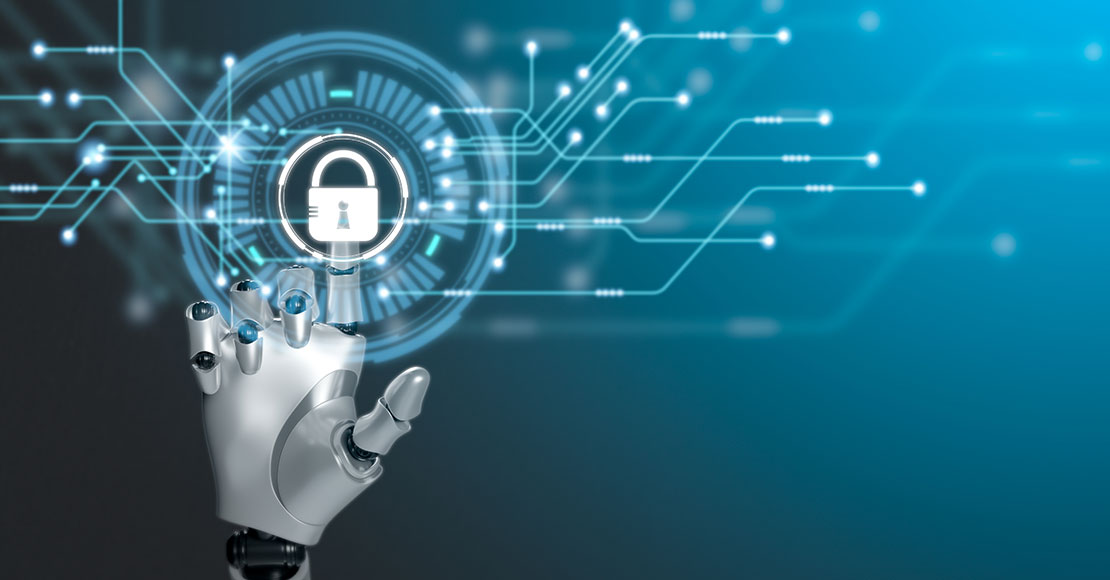Unmasking Internet Exposure: Safeguarding Your Corporate Infrastructure
In an increasingly interconnected world, ensuring the security of your IT systems and your organisation’s sensitive data is of paramount importance. But do you truly know which of your systems are discoverable on the internet? Does your cyber security team regularly check for any information about your IT infrastructure that might be exposed on the internet, or even on the dark web? In this blog post, we will take a look at various scanning tools that are available online, like shodan.io and Metasploit, and explain how tools like these can help you quickly identify vulnerabilities.
The Dangers of Vulnerabilities
If you’re looking to maintain a high level of security for your entire infrastructure, you don’t just need to install some firewalls and update your passwords. You need a comprehensive understanding of your cyber defences, including which systems are vulnerable to attack, and if there are any vulnerabilities. In many cases, companies are surprised to discover just how many of their systems are visible on the internet, and just how many people could access them. These vulnerabilities can be costly if a malicious actor manages to find a way into your network – a study by Juniper Research found that attacks on vulnerabilities in supply chain software could cost the global economy £54.06 billion by 2026.
Shodan.io
This is where tools like shodan.io come in – the website is a database of publicly available IP addresses, and it’s often referred to as the ‘search engine for hackers.’ The website allows users to search for servers and other networked devices, including routers and webcams, and even printers. Earlier this year, Check Point Research reported a rise in the number of cyber attacks on IoT devices, which are often the most vulnerable parts of a network – in the first two months of 2023, organisations were facing an average of almost 60 attacks each week. Shodan.io provides users with a platform to check if their unprotected or poorly-configured systems are vulnerable to external attacks. The service is a valuable tool for security professionals, researchers, and system administrators, and is helpful for identifying vulnerable or misconfigured devices that could be potential security risks.
Metasploit
Another powerful tool your security team should be considering is Metasploit, an open-source framework that’s the world’s most used penetration testing tool. In fact, it’s not just used by cyber security professionals – the FBI once used it to track down suspects. It’s used for identifying and exploiting vulnerabilities in computer systems and offers a standardised way of testing systems. This way, organisations can simulate attack scenarios and proactively uncover weaknesses before hackers can. By conducting regular assessments with Metasploit, you can gain valuable insights into any potential vulnerabilities, and take proactive measures to adjust your security measures accordingly.

Cyber Security Tips
It’s important to remember that tools like shodan.io and Metasploit aren’t just used by security professionals – they’re also the favourite tools of malicious actors, particularly on the dark web, where information on the most common vulnerabilities, and how to access systems with them, is regularly traded. Tools like Web Check, a free service from the National Cyber Security Centre, can help you to scan your network and identify any vulnerabilities that may be there. It looks for the most common weaknesses and tells you what you need to do to mitigate any risks.
Understanding cyber criminals – and how valuable your data is to them – is crucial when it comes to cyber security. The dark web harbours a multitude of illegal activities, and information about vulnerable systems can be traded there. By regularly scanning your IT systems, you can identify potential vulnerabilities before they are exploited by criminals. However, tools like Web Check won’t stop everything, and they shouldn’t replace you from carrying out vulnerability management or penetration testing.
Here at Infosec K2K, we offer comprehensive vulnerability management services like penetration testing, to help you find any areas that a malicious actor could exploit. As penetration testing simulates real-world attacks, it uncovers weaknesses before they can be leveraged, strengthening your cyber defences and saving you time and money – according to Acronis, the average cost of a data breach is set to exceed $5 million (£3.9 million) this year. Our expert team will help you stay one step ahead of cyber criminals with regular internal and external scans to identify any issues and present you with a plan to mitigate any risks.
The security of your IT infrastructure is crucial if you want to protect your data while maintaining your business operations. By utilising online tools like shodan.io and Metasploit, you can find any vulnerabilities in your network and take steps to address them. Your security team should conduct regular assessments to ensure your network isn’t publicly accessible online, and to ensure critical updates and security patches are installed as soon as possible. After all, when it comes to the safekeeping of your critical data, prevention is better (and more cost-effective) than reaction.
Whatever solution you’re looking for, we can help. The experts at Infosec K2K can offer you specialist guidance, and help you find the product that’s the best fit for you.
Get in touch with us to find out more about how we can help you.





